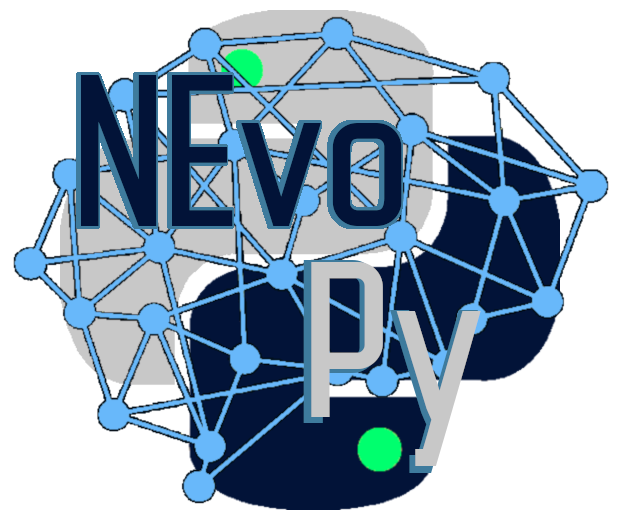NEvoPy is an open source neuroevolution framework for Python. It provides a simple and intuitive API for researchers and enthusiasts in general to quickly tackle machine learning problems using neuroevolutionary algorithms. NEvoPy is optimized for distributed computing and has compatibility with TensorFlow.
Currently, the neuroevolutionary algorithms implemented by NEvoPy are:
- NEAT (NeuroEvolution of Augmenting Topologies), a powerful method by Kenneth O. Stanley for evolving neural networks through complexification;
- the standard fixed-topology approach to neuroevolution, with support to TensorFlow and deep neural networks.
Note, though, that there's much more to come!
In addition to providing high-performance implementations of powerful neuroevolutionary algorithms, such as NEAT, NEvoPy also provides tools to help you more easily implement your own algorithms.
Neuroevolution, a form of artificial intelligence that uses evolutionary algorithms to generate artificial neural networks (ANNs), is one of the most interesting and unexplored fields of machine learning. It is a vast and expanding area of research that holds many promises for the future.
To install the current release, use the following command:
$ pip install nevopy
To learn the basics of NEvoPy, the
XOR example
is a good place to start. More examples can be found in the
examples folder of
the project's GitHub repo.
You should also take a look at this quick overview on NEvoPy. The project's documentation is available on Read the Docs, through this link.
If you use NEvoPy in your research and would like to cite the NEvoPy framework, here is a Bibtex entry you can use. It currently contains only the name of the original author, but more names might be added as more people contribute to the project. Also, feel free to contact me (Talendar/Gabriel) to show me your work - I'd love to see it.
@misc{nevopy,
title={ {NEvoPy}: A Neuroevolution Framework for Python},
author={Gabriel Guedes Nogueira},
howpublished={\url{https://github.com/Talendar/nevopy}},
}








